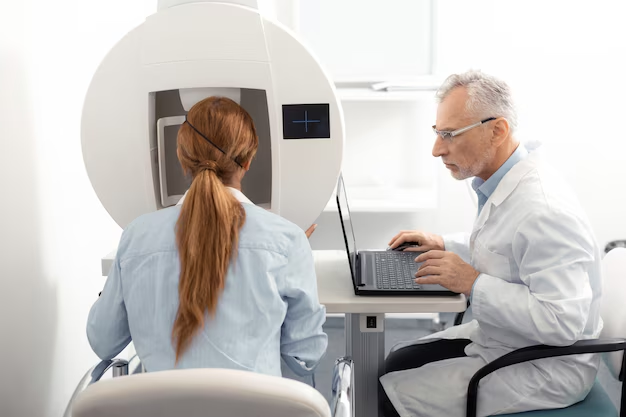Can You Detect Parkinson’s Disease? Here’s What You Need to Know
Parkinson’s Disease is a neurodegenerative disorder that poses a significant challenge, not just to those who have it, but also to their families and caregivers. A crucial aspect of managing this condition is early detection, which begs the question: Is there a test for Parkinson’s Disease?
Understanding Parkinson’s Diagnosis
The short answer is no, there isn’t a simple blood test or scan that confirms Parkinson’s Disease. Instead, diagnosis typically involves a blend of clinical evaluation and patient history. Neurologists often rely on:
- Symptom Assessment: Since Parkinson's is characterized by movement-related symptoms such as tremors, stiffness, slowness of movement, and impaired balance, a detailed description of symptoms is crucial.
- Neurological Examination: Doctors may observe movement, coordination, and balance. They may also test reflexes and ask about other non-motor symptoms, such as changes in mood or sleep patterns.
- Response to Medication: Sometimes, doctors may prescribe medications used to treat Parkinson's, such as Levodopa, to assess whether symptoms improve, which can support the diagnosis.
- Ruling Out Other Conditions: Imaging tests like MRI or CT scans may be conducted to eliminate other possible causes of the symptoms.
Emerging Diagnostic Tools
Even though a single diagnostic test doesn't exist, research is ongoing to develop techniques that could assist in early diagnosis. For instance, DaTscan is an imaging technology that examines dopamine levels in the brain, which might help differentiate Parkinson's from other disorders. While promising, these technologies are costly and not universally available.
Navigating the Financial Implications
Receiving a diagnosis—or even going through the diagnostic process—can be financially daunting. Fortunately, there are various financial assistance options to consider:
Government Aid Programs
- Medicare and Medicaid: These programs can help cover medical expenses associated with diagnosis processes and ongoing treatment.
- Social Security Disability Benefits: If Parkinson’s impairs one’s ability to work, applying for these benefits might provide some income support.
Financial Assistance and Insurance
- Private Insurance: Reviewing your policy can help identify what tests and treatments are covered.
- Patient Assistance Programs: Offered by pharmaceutical companies, these can reduce the cost of medications for eligible patients.
Educational Grants and Resources
- Non-Profit Organizations: Groups such as the Parkinson’s Foundation offer educational resources and may provide grants for specific needs.
- Local Support Networks: Community organizations often provide free workshops or seminars to help patients better manage their condition.
These options can significantly ease the burden of obtaining a diagnosis and beginning treatment. Staying informed and proactive in seeking assistance can empower individuals and families affected by Parkinson's.
Key Financial and Educational Resources
- 🏥 Medicare/Medicaid: Essential for covering medical costs.
- 💼 Social Security Disability Benefits: Offers financial support if Parkinson's affects your ability to work.
- 💊 Patient Assistance Programs: Pharmaceutical support for medication costs.
- 🎓 Parkinson’s Foundation Grants: Educational and grant opportunities.
- 🤝 Local Support Networks: Community-based seminars and resources.
While a definitive test for Parkinson's Disease remains elusive, a comprehensive approach combining evaluations, new technologies, and supportive resources is essential. Making use of available programs can help manage both the medical and financial aspects of this challenging condition.

Related Topics
- Are There Environmental Causes Of Parkinsons
- Can Alcohol Cause Parkinson's
- Can Concussions Cause Parkinson's
- Can Concussions Cause Parkinson's Disease
- Can Dogs Get Parkinson's Disease
- Can Dogs Get Parkinsons
- Can Dogs Have Parkinson's
- Can Dogs Have Parkinson's Disease
- Can Females Get Parkinson Disease
- Can Head Trauma Cause Parkinson's